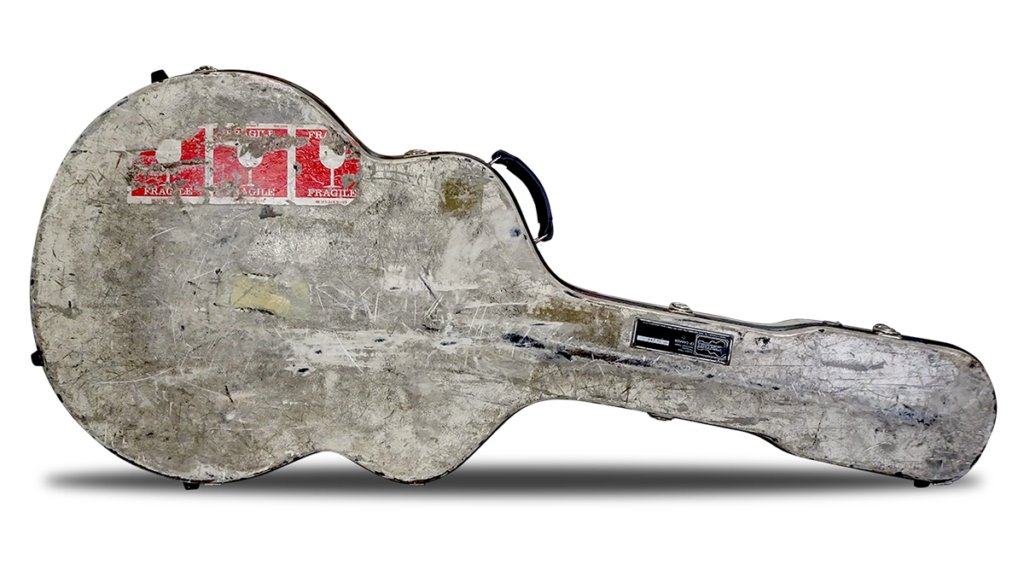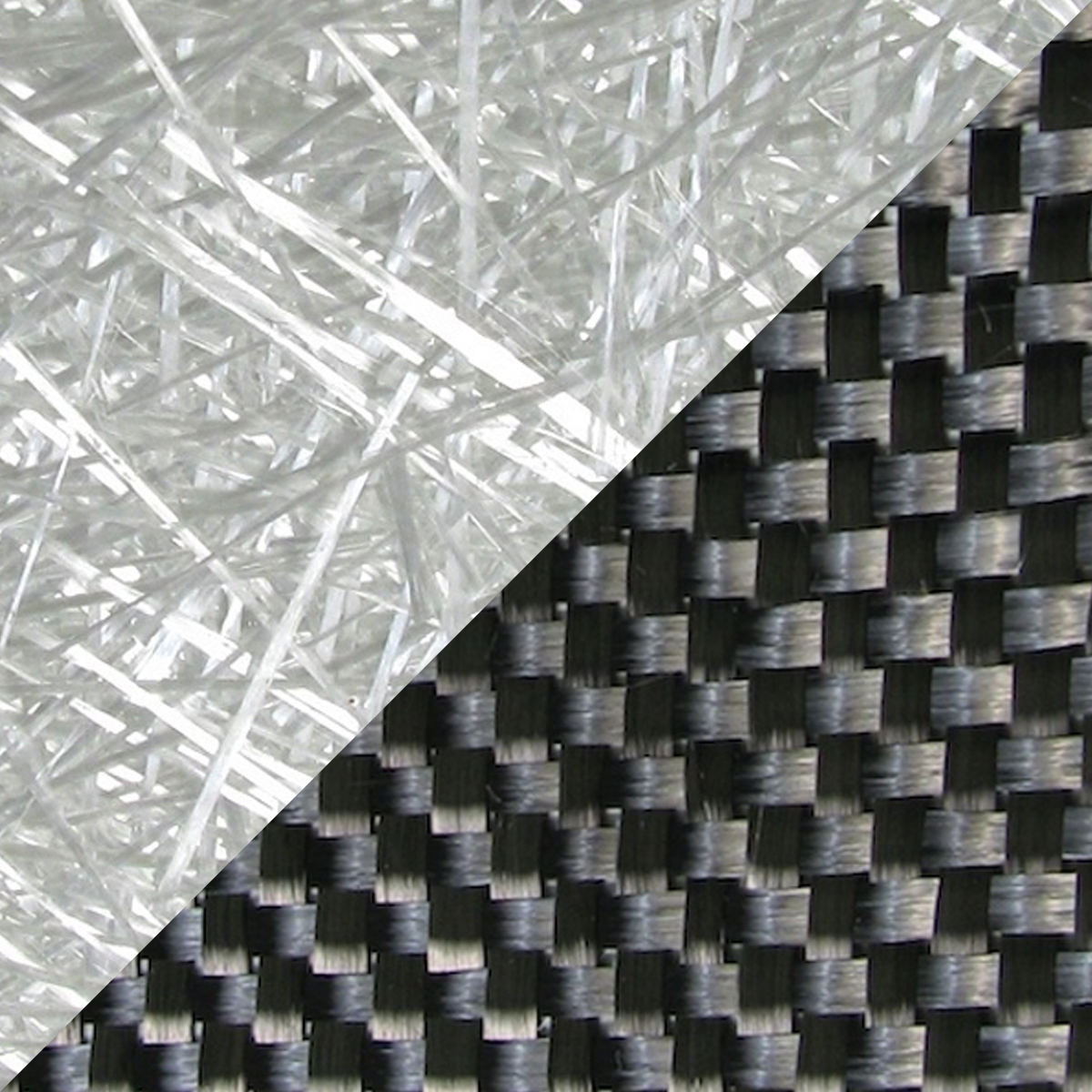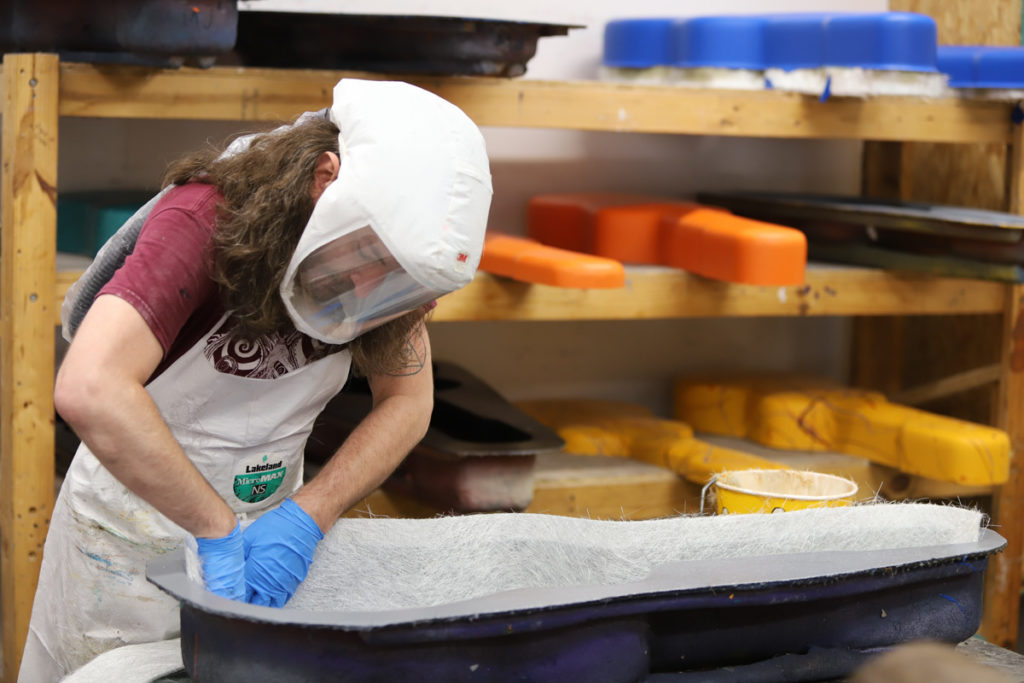
So, what is the best material for protecting your instrument?
It’s a question we’ve considered in great detail and our consensus may surprise you.
Fiberglass and Carbon Fiber are two of the most effective and sturdy materials you can use to create custom cases with protective exteriors. While carbon fiber is a material used in everything from Boeing 747s to NASCAR, fiberglass is regularly used for boats, aircraft, helmets, and also racing vehicles. They are both vastly superior to the standard case materials like pressed or formed wood, or thermoplastics that are vacuformed or injection molded. Both fiberglass and carbon fiber have their pros and cons. Differences in weight, hardness, and malleability all factor into an overall level of protection that will provide you with a comforting sense of security for your instrument, even during some of the most dire and unexpected of situations. As you might expect, every choice down to the material the case is made of is carefully considered here at Calton Cases. So, for total protection of your instrument, we have found Fiberglass to be the best material available for the total protection of your instrument.
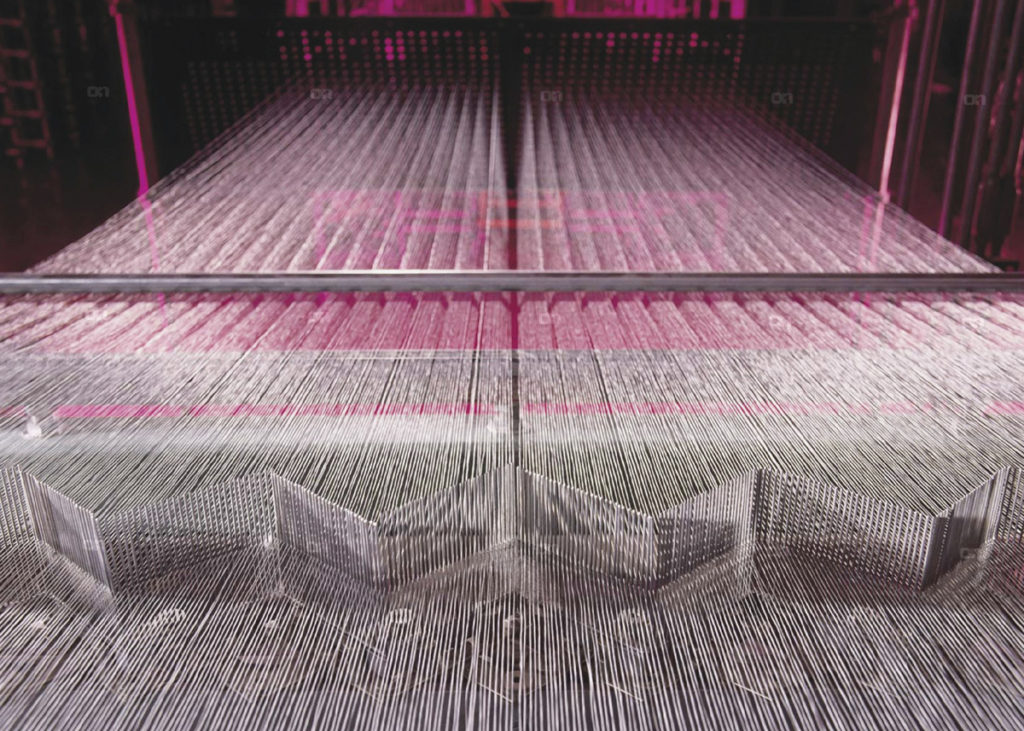
Fiberglass is created by melting glass and then extruding it through a filter or bushing, which produces strands or fibers, that are then woven into a cloth or layered as matt. This cloth or matt can then be molded and bonded into any shape needed with the addition of liquid catalyzed plastic resins. Fiberglass is similar to carbon fiber in strength and weight, but is slightly more flexible, which is a critical defining characteristic between these two materials. Pound for pound, fiberglass is just as strong as steel.
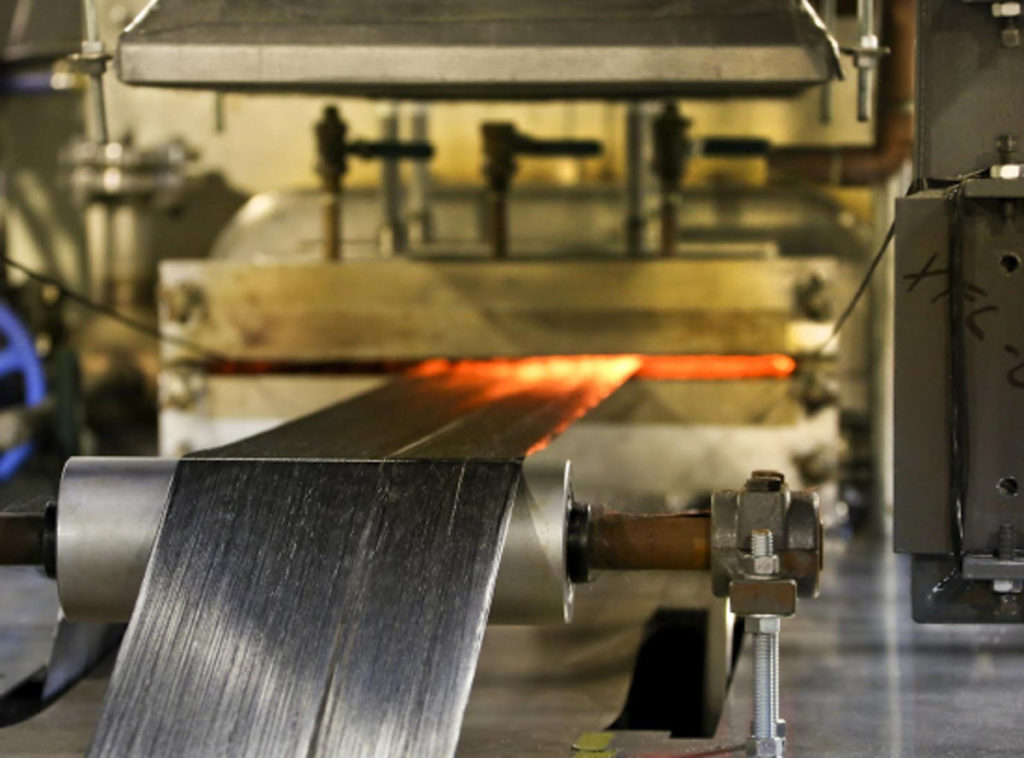
Carbon fiber is a composition of carbon atoms which are bonded together to form a long chain. Strands of carbon thinner than human hair are then twisted together like a braid of rope and ultimately woven together like cloth. As a series of carbon fiber cloth or sheets, they are laid over or into a mold to give them their shape. A liquid resin is added to bond and set the fibers into this shape. With proper processes, this can yield a material stronger and stiffer than steel, yet slightly lighter in weight.
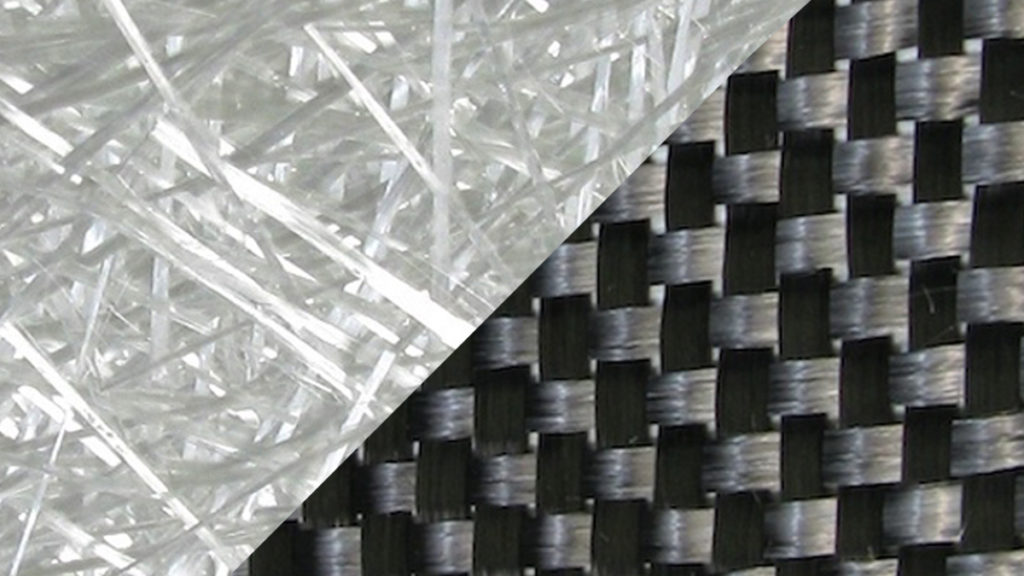
The Differences In The Two
Again, fiberglass and carbon fiber each have their own distinctive pros and cons. Carbon fiber produces a harder and more rigid finished product. It is also slightly lighter than fiberglass, making it ideal for weight-saving endeavors in racing and aerodynamics. However, fiberglass is more impact resistant, more flexible, and is also more adaptive over time, making it less prone to aging and structural decay. Both are often tailored to specific uses and can be engineered to maintain a controlled strength and weight. The stiffness of carbon fiber ultimately is it’s weakness in the specific application of case making. Its reduced ability to flex means it is more brittle and prone to cracks. With drops and impacts, it is more likely to localize the full force of the shock in one spot, causing it to break and structurally fail. This absorption of impact in one area can also transfer some of the shock wave to the instrument it is protecting. Some have argued that a carbon fiber case that has suffered an impact crack or fracture, proves that it has done its job to protect the delicate instrument inside. It may be true that a broken case with an unaffected instrument safely resting inside is proof of an avoided and near disastrous incident – but the reality is, the failure at that spot will only continue to weaken with every following bump or stress, and eventually cause catastrophic failure of the case. If the case were to be subjected to another impact in the same spot, the results could be much more severe as the connecting fibers and brittle resin holding them have been compromised, and now lack the original strength and bond.
We have found that fiberglass is more malleable, and absorbs and redistributes the force of an impact much better. This is by design. An impact is transferred through its entire shell as a damped vibration, rather than rigidly focusing it on a specific spot. This means that an impact will be severely dulled at the strike point, which in turn, will lessen the severity of the localized shock wave and its ability to transfer to the instrument. We have also found that fiberglass has the resilience to take repeated impacts to the same spot over and over, without showing signs of fracturing or structural failure. This is exactly what fiberglass was designed for: strength and toughness.
For custom instrument cases, Calton has over 50 years of expertise and experience to back up our use of fiberglass. Many other materials have been researched over the years, but none can deliver the complete protection that defines the standards of a Calton Case.
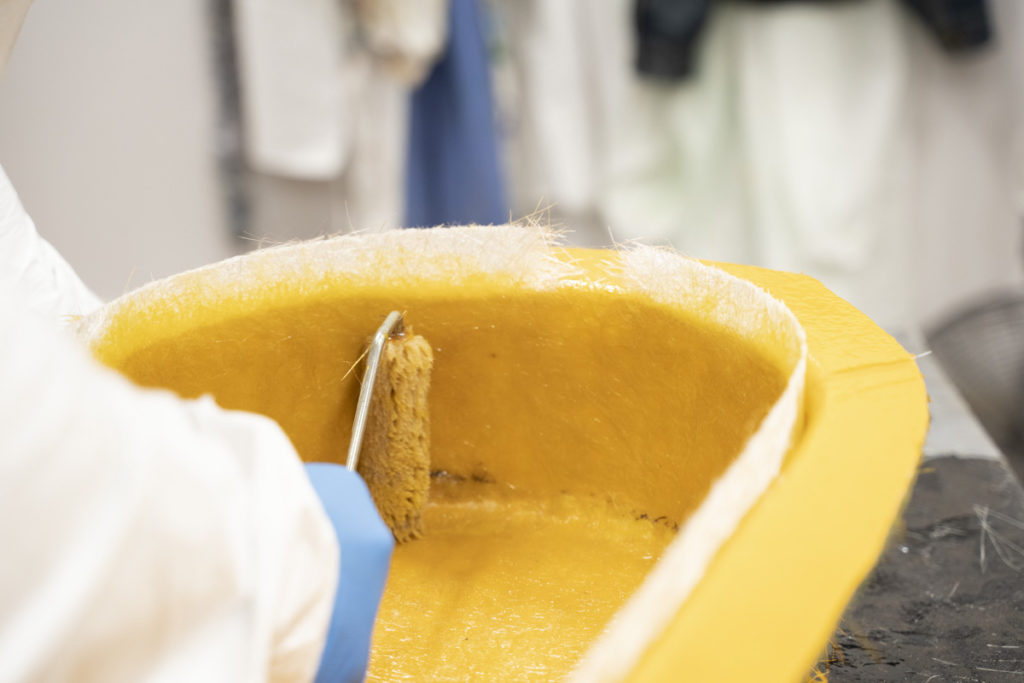
Calton Cases are meant to become legacies. They are designed to last for generations, so that instruments can live on with the incredible music they help create. Fiberglass’ ability to protect and adapt to extreme conditions ensures that musicians can rest easy knowing their instruments will endure any journey with them safely.
